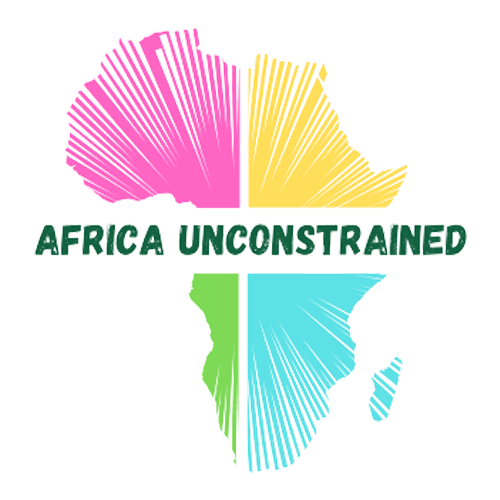The African Debt Guide

Each country snapshot uses a combination of time series data, forecasts, and a qualitative analysis of each country’s debt position to explore debt levels, economic diversification, resource mobilization and reliance on Chinese loans. This report also uses a newly developed ‘Debt Transparency Index’ which aims to score each governments approach to making data surrounding government debt transparent and open to analysis from civil society.
This guide was written to be read and understood by those with a non-technical background. It provides a succinct snapshot of the current debt situation in each country, meaning the reader can flick through the guide and understand the debt situation of countries they are interested in, without being required to read the entire guide. Key figures and metrics can also be used to compare across countries, if the reader is interested. A glossary in the appendix also provides definitions and explanations of any technical terms used throughout the guide.
Why is this guide different?

Lorem Ipsum is simply dummy text of the printing

There are many variations of passages of Lorem Ipsum

Where does it come from? Contrary to popular belief

Here are many variations of passages of Lorem Ipsum
Our Approach
an “unconstrained” narrative
Our debt guide is not only aimed at providing factual information. It is also aimed at providing this information with a lens – an “unconstrained” narrative – that has at its core key principles of African agency, accountability and equity.

Our Team
More specifically, it is important for readers to be aware of six innovations of this guide that distinguish the information provided from others on this topic. They are as follows:

Our Team
More specifically, it is important for readers to be aware of six innovations of this guide that distinguish the information provided from others on this topic. They are as follows:

